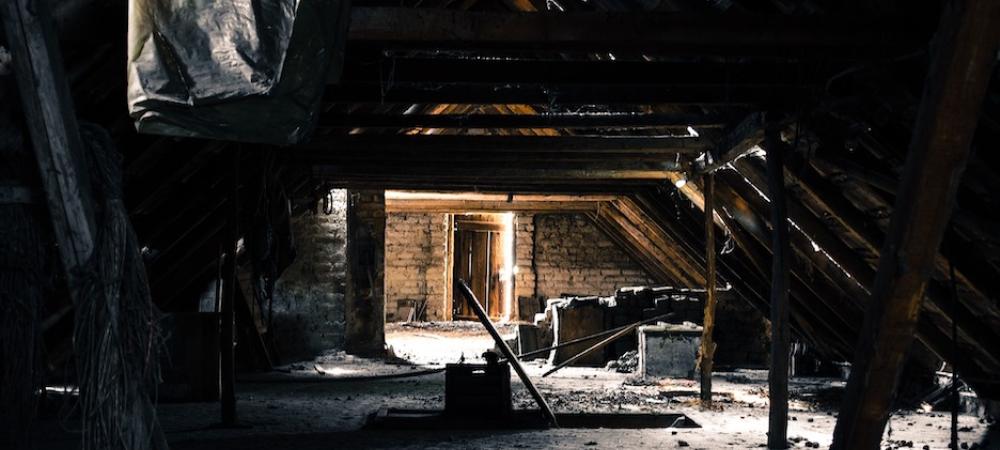Signs of Bugs in Insulation

When it comes to home insulation, bugs might not be the first thing that comes to mind. However, pests can infiltrate your insulation, causing damage and creating potential health hazards. In this blog, we will explore the signs of bugs in insulation, why it's a concern, and what you can do to address the issue.
Why Are Bugs Attracted to Insulation
Before we delve into the signs, it's essential to understand why bugs are drawn to insulation in the first place. Insulation provides a cozy environment for pests, offering warmth, darkness, and sometimes even a source of food. Unfortunately, once bugs make their way into your insulation, they can compromise its effectiveness and pose a threat to your home and well-being.
Signs of Bugs in Insulation
Knowing the signs of bugs in your home's insulation is crucial to maintain energy efficiency and structural integrity, as infestations can compromise insulation effectiveness, leading to increased utility costs and potential damage to the building's infrastructure.
Unusual Sounds
Listen for scratching, scurrying, or tapping sounds coming from your walls. These noises may indicate the presence of pests within your insulation.
Visible Pest Activity
Keep an eye out for signs of pest activity, such as droppings, shed exoskeletons, or dead insects. These can often be found in and around the insulation.
Unexplained Allergies or Respiratory Issues
Pests in insulation can contribute to poor indoor air quality, triggering allergies and respiratory issues. If you notice an increase in these symptoms, it might be linked to bug infestation.
Unpleasant Odors
A musty or foul odor emanating from your walls could be a sign of pests in the insulation. Bugs, their droppings, or the decaying remains of insects can contribute to these unpleasant smells.
Irregular Temperature Distribution
Bugs in insulation can create gaps and voids, affecting its ability to regulate temperature. If you notice uneven heating or cooling in different areas of your home, it could be a sign of compromised insulation.
Visible Entry Points
Inspect the exterior of your home for any cracks, gaps, or openings that pests could use to enter. Sealing these entry points can help prevent bugs from infiltrating your insulation.
Damaged Insulation
Bugs, especially certain types of beetles and moths, may feed on insulation materials. Look for signs of gnawing, chewed sections, or shredded insulation, indicating an infestation.
How to Get Rid of Pests in Your Insulation
If you've identified signs of bugs in your insulation, it's crucial to take prompt action to prevent further damage and protect your home. Here are some steps you can take:
Remove and Replace Damaged Insulation
In severe cases, damaged insulation may need to be removed and replaced. This not only addresses the pest issue but also restores the effectiveness of your insulation.
Seal Entry Points
Work with a contractor to seal any cracks, gaps, or openings in your home's exterior to prevent future pest infiltration.
Improve Ventilation
Enhance ventilation in your home to discourage pests. Proper airflow can create an environment that is less attractive to insects.
Regular Inspections
Schedule regular inspections of your insulation and the exterior of your home to catch any potential pest issues early on.
Consult a Pest Control Professional
Schedule an inspection with a pest control expert who can identify the type of infestation and recommend an appropriate treatment plan.
Bugs in insulation may not be immediately apparent, but the signs are there if you know what to look for. By staying vigilant and addressing the issue promptly, you can protect your home from damage, maintain a healthy indoor environment, and ensure your insulation continues to do its job effectively. If you suspect a bug infestation, don't hesitate to consult a professional like Senate Termite & Pest Control and our pest control insulation services for guidance and assistance.

